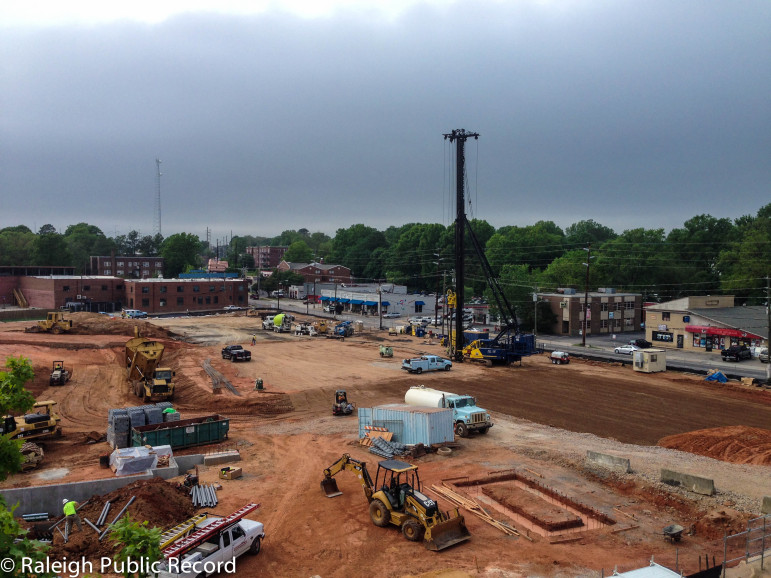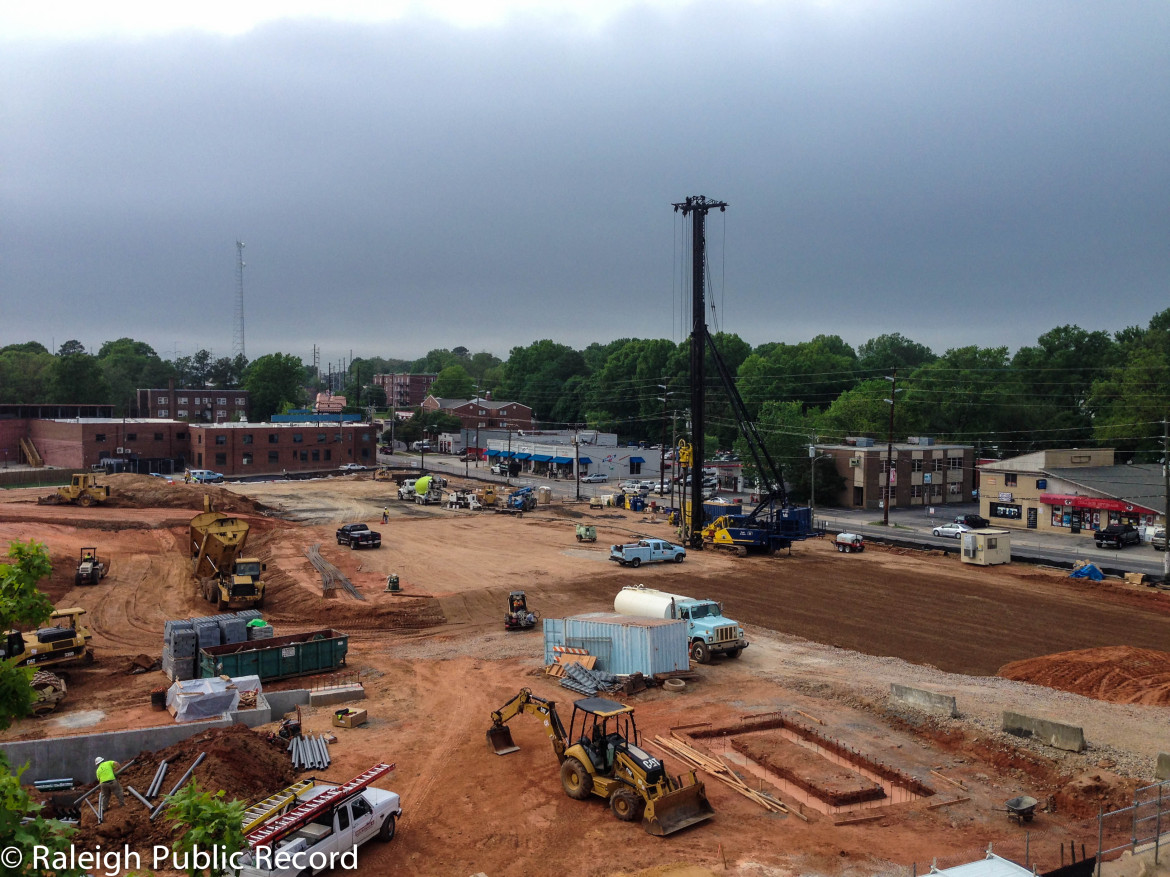A controversial rezoning on Hillsborough Street is leading city officials and staff to take a closer look at issues with the Unified Development Ordinance and the 2030 Comprehensive Plan.
Members of the Comprehensive Planning Committee Wednesday asked that city planning staff provide clear direction as to how they are interpreting height limitations in the city’s new zoning code and determining which zoning cases are consistent with the policy.
Adopted in 2009, the 2030 Comprehensive Plan, and its associated Future Land Use Map, lays out the policy guidance for how the city should grow in the years ahead. The adopted, but not completed, Unified Development Ordinance (UDO) puts that policy into law as the city’s new zoning code. Since its adoption last year, staff and councilors have been taking note of any problems.
A rezoning on Hillsborough Street seems to have brought some confusion to light.
In April, Planning Commissioners approved a seven-story, 24-unit student apartment building on Hillsborough Street near Horne Street. While the Future Land Use Map denotes five stories as the appropriate height for the area, the project puts seven stories into a 75-foot-building, which is the height maximum for the property.

James Borden / Raleigh Public Record
During Wednesday’s meeting, Deputy Planning Director Ken Bowers said originally, the UDO only specified stories as a height limit. The downside is that a developer could build a three-story building with 20-foot-high ceilings and still be compliant.
“You might get an excessively tall buildings, even if it was only technically five stories,” Bowers said.
To avoid that problem, foot maximums were also included, but allowed for some flexibility for how some buildings are designed.
The question that’s being raised, he said, is, can you build more stories with low ceilings and be under the cap so the visual is similar to a five story building?
The distinction is especially important because some neighbors in University Park and in the Wade CAC think the added density will have a negative effect on the area.
Wade CAC Chair Mike Rieder said at the meeting where the project was presented, attendees voted against the project 53 to 11, but supported the same project if it was decreased to five stories.
Resident Seth Hollar said, however, the majority of the people involved in the vote were there for another project and didn’t live in the area near the project.
“Seven stories along an identified transit corridor is not an abnormal thing,” he said.
Members of the committee asked staff to come back with a memo as to how they are interpreting the height language in the code, Councilors can go from there to clear things up, said Councilor and Committee Chair Russ Stephenson.
Checking for Consistency
This particular case also raised a few questions as to how staff is determining what projects are consistent with the Comprehensive Plan.
Planning staff analyzes Comprehensive Plan policies, the Future Land Use Map and the Urban Form Map when determining if a rezoning is consistent with the guidelines that Councilors have previously set.
Rezonings that are inconsistent can still be approved, but Councilors must make findings that state why the project with its inconsistencies is in the public interest.
In the case of this project, staff found that it was consistent with the Comp Plan, but inconsistent with the Future Land Use Map. Overall, staff decided that the project was consistent with the policy. The Planning Commission agreed.
Councilor Bonner Gaylord said he likes having all aspects looked at separately.
“I want to know, does it fit with the words and does it fit with the map?” he said. “I want to know those pieces of information, and I don’t want to just be told it doesn’t fit and have to figure it out myself.”
Councilor Thomas Crowder disagreed. He said if a project is inconsistent with one piece, it’s inconsistent overall. Crowder said that he “can’t see how any project can be consistent if it’s not consistent with that map.”
Councilors asked staff to come back with another memo, providing them with further clarification as to how those decisions can be made and the legal implications surrounding them.
